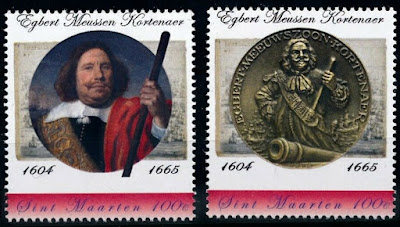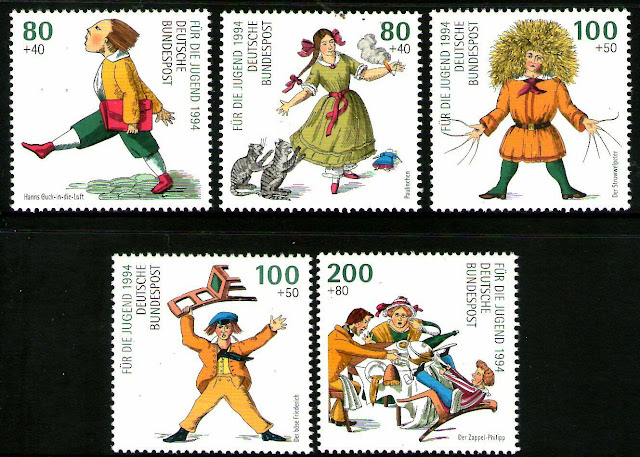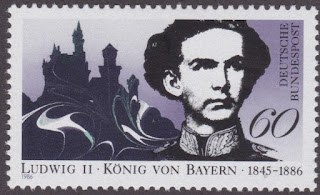1665 Died: Egbert Bartholomeusz Kortenaer, Dutch admiral (b. 1604)
Egbert Bartholomeuszoon Kortenaer or Egbert Meussen Cortenaer (1604 – 13 June 1665) was an admiral of the United Provinces of the Netherlands who was killed in the Battle of Lowestoft.
Kortenaer was born in 1604 in Groningen of humble origins. In 1626, he was made boatswain, in 1636, second mate. In the First Anglo-Dutch War, he served as first mate in 1652 on the Dutch flagship, Brederode. In the Battle of Dungeness, he lost his right hand and eye. On 10 April 1653, he was made commandeur to replace flag captain Abel Roelants when Lieutenant-Admiral Maarten Tromp used Brederode as his flagship. In the Battle of Scheveningen, Tromp was killed. Kortenaer kept Tromp's standard raised to keep up morale (this was habitual for the Dutch on such occasions) and took command of his squadron. On 21 October 1653, Kortenaer was promoted to captain. In the years after the war, he often commanded squadrons as commodore when flag officers were absent.
In the Battle of the Sound (8 November 1658), serving as flag captain on Eendragt, he beat off every Swedish attack while his commanding officer, Lieutenant-Admiral Jacob van Wassenaer Obdam, was debilitated by gout. After this heroic conduct against the Swedish, Kortenaer was promoted to vice-admiral on 8 May 1659 and knighted by Frederick III of Denmark in the Order of the Elephant. On 29 January 1665, shortly before the Second Anglo-Dutch War, he was made lieutenant-admiral of the Admiralty of de Maze. He wasn't given command of the confederate Dutch fleet because he was a supporter of the House of Orange. A British intelligence report stated, "He is the best man they have".
During the Battle of Lowestoft on 13 June 1665, Kortenaer commanded the van and was second in overall command behind Van Wassenaer. He was fatally wounded early in the battle on Groot Hollandia by a cannonball hitting his hip and buried in Rotterdam in a marble grave memorial engraved with a poem by Gerard Brandt:
The Hero of the Maas, bereft of eye
and his right hand
Yet of the Wheel the Eye, Fist of
the Fatherland
KORTENAER the Great, the terror
of foe's fleets
the forcer of the Sound by this grave
his country greets
Stamps from Sint Maarten depicting Egbert Bartholomeuszoon Kortenaer
1809 Born: Heinrich Hoffmann, German psychiatrist and author (d. 1894)
Heinrich Hoffmann (June 13, 1809 – September 20, 1894) was a German psychiatrist, who also wrote some short works including Der Struwwelpeter, an illustrated book portraying children misbehaving.
Hoffmann published poems and a satirical comedy before, in 1845, a publisher friend persuaded him to have a collection of illustrated children's verses printed which Hoffmann had done as Christmas present for his son. The book, later called Struwwelpeter after one of its anti-heroes, became popular with the public and had to be reprinted regularly; many foreign translations followed. "Struwwelpeter" was not perceived as cruel or overly moral by Hoffmann's contemporaries. The original title, "Funny stories and droll pictures", indicates that entertainment was at least partly the author's intention.
After the book's success, Hoffmann felt persuaded to write other children's books, of which only the first, König Nussknacker und der arme Reinhold, became popular.
He also kept on writing satires and (often comic) poems for adults. His satires show his strong skepticism towards all kinds of ideology and his distaste for religious, philosophical, or political bigotry. Even in Germany, he is today largely remembered for his Struwwelpeter.
Hoffmann was a man of liberal sympathies, campaigned for the goal of a constitutional monarchy, participated in the Vorparlament, and joined the Freemasons but later left due to their refusal to admit Jews.
German stamps depicting characters created by Heinrich Hoffmann
1886 Died: Ludwig II, king of Bavaria (b. 1845)
Ludwig II (German: Ludwig Otto Friedrich Wilhelm; English: Louis Otto Frederick William; 25 August 1845 – 13 June 1886) was King of Bavaria from 1864 until his death in 1886. He is sometimes called the Swan King or der Märchenkönig ("the Fairy Tale King"). He also held the titles of Count Palatine of the Rhine, Duke of Bavaria, Duke of Franconia, and Duke in Swabia.
Ludwig succeeded to the throne in 1864, aged 18. Two years later, Bavaria and Austria fought a war against Prussia lasting only a matter of weeks, which they lost. However, in the Franco-Prussian War of 1870, Bavaria sided with Prussia against France, and after the Prussian victory, it became part of the new German Empire led by Prussia. Though Bavaria retained a degree of autonomy on some matters within the new German Reich, Ludwig increasingly withdrew from day-to-day affairs of state in favour of extravagant artistic and architectural projects. He commissioned the construction of two lavish palaces and Neuschwanstein Castle, and he was a devoted patron of the composer Richard Wagner. Ludwig spent all his royal revenues (although not state funds as is commonly thought) on these projects, borrowed extensively, and defied all attempts by his ministers to restrain him. This extravagance was used against him to declare him insane, an accusation that has since come under scrutiny. Today, his architectural and artistic legacy includes many of Bavaria's most important tourist attractions.
German stamp depicting King Ludwig II of Bavaria
Heinrich Hoffmann (June 13, 1809 – September 20, 1894) was a German psychiatrist, who also wrote some short works including Der Struwwelpeter, an illustrated book portraying children misbehaving.
Hoffmann published poems and a satirical comedy before, in 1845, a publisher friend persuaded him to have a collection of illustrated children's verses printed which Hoffmann had done as Christmas present for his son. The book, later called Struwwelpeter after one of its anti-heroes, became popular with the public and had to be reprinted regularly; many foreign translations followed. "Struwwelpeter" was not perceived as cruel or overly moral by Hoffmann's contemporaries. The original title, "Funny stories and droll pictures", indicates that entertainment was at least partly the author's intention.
After the book's success, Hoffmann felt persuaded to write other children's books, of which only the first, König Nussknacker und der arme Reinhold, became popular.
He also kept on writing satires and (often comic) poems for adults. His satires show his strong skepticism towards all kinds of ideology and his distaste for religious, philosophical, or political bigotry. Even in Germany, he is today largely remembered for his Struwwelpeter.
Hoffmann was a man of liberal sympathies, campaigned for the goal of a constitutional monarchy, participated in the Vorparlament, and joined the Freemasons but later left due to their refusal to admit Jews.
German stamps depicting characters created by Heinrich Hoffmann
1886 Died: Ludwig II, king of Bavaria (b. 1845)
Ludwig II (German: Ludwig Otto Friedrich Wilhelm; English: Louis Otto Frederick William; 25 August 1845 – 13 June 1886) was King of Bavaria from 1864 until his death in 1886. He is sometimes called the Swan King or der Märchenkönig ("the Fairy Tale King"). He also held the titles of Count Palatine of the Rhine, Duke of Bavaria, Duke of Franconia, and Duke in Swabia.
Ludwig succeeded to the throne in 1864, aged 18. Two years later, Bavaria and Austria fought a war against Prussia lasting only a matter of weeks, which they lost. However, in the Franco-Prussian War of 1870, Bavaria sided with Prussia against France, and after the Prussian victory, it became part of the new German Empire led by Prussia. Though Bavaria retained a degree of autonomy on some matters within the new German Reich, Ludwig increasingly withdrew from day-to-day affairs of state in favour of extravagant artistic and architectural projects. He commissioned the construction of two lavish palaces and Neuschwanstein Castle, and he was a devoted patron of the composer Richard Wagner. Ludwig spent all his royal revenues (although not state funds as is commonly thought) on these projects, borrowed extensively, and defied all attempts by his ministers to restrain him. This extravagance was used against him to declare him insane, an accusation that has since come under scrutiny. Today, his architectural and artistic legacy includes many of Bavaria's most important tourist attractions.
German stamp depicting King Ludwig II of Bavaria




No comments:
Post a Comment